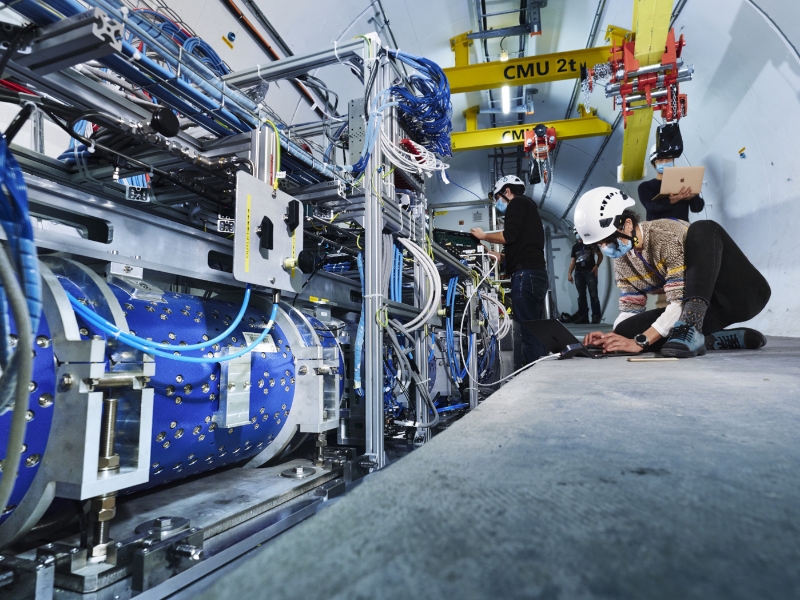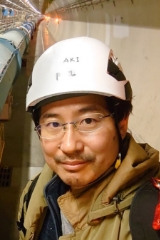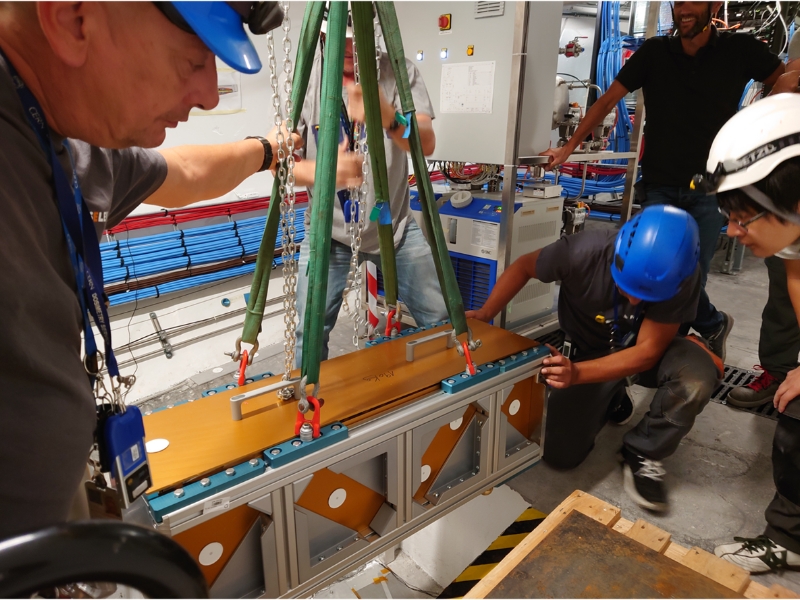First electron neutrino measurement
New opportunity to explore the universe
A team including researchers from the Laboratory for High Energy Physics at the University of Bern has successfully measured the interaction rates of neutrinos at unprecedented energies using the Large Hadron Collider (LHC) at CERN.

Neutrinos are fundamental particles that played an important role in the early phase of the universe. They are key to learn more about the fundamental laws of nature, including how particles acquire mass and why there is more matter than antimatter. Most neutrinos studied by physicists so far have been low-energy neutrinos.
About the person

Akitaka Ariga is a particle physicist and head of the FASER group at the Laboratory for High Energy Physics (LHEP) at the University of Bern. Akitaka Ariga’s research group has been active in FASER since the design of the experiment. In particular, the Bern group is the leading institute of the FASERnu detector which is collecting data between 2022 and 2025.
The FASER International Collaboration, including researchers from the Laboratory for High Energy Physics (LHEP) at the University of Bern, has now successfully measured the interaction rates of electron neutrinos and muon neutrinos (two subtypes of neutrinos) with atomic nuclei at the highest energy to date. The measurement was made using the FASER detector of the FASER experiment, which measures neutrinos produced by particle collisions in the Large Hadron Collider (LHC) at CERN. Notably, this is the first observation of electron neutrinos in an LHC experiment. "This research result is of great importance because the study of neutrinos at such high energies offers the possibility of gaining deeper insights into the fundamental laws of nature and possibly discovering new physical phenomena," says Akitaka Ariga, particle physicist and head of the FASER group at the Laboratory for High Energy Physics (LHEP) at the University of Bern.

High-energy neutrinos the key to new physics?
In the FASER experiment, the number of neutrinos detected is to be increased a hundredfold over the next few years, addressing questions about the differences between the three neutrino subtypes and possible unknown forces. The tau neutrino, the third subtype, is difficult to produce and detect at low energies. "The high energy of the FASER experiment makes it possible to generate and study tau neutrinos more efficiently. Little is known about these neutrinos and they could provide new physical insights," remarks Ariga. The FASER experiment will continue to collect data until the end of 2025.